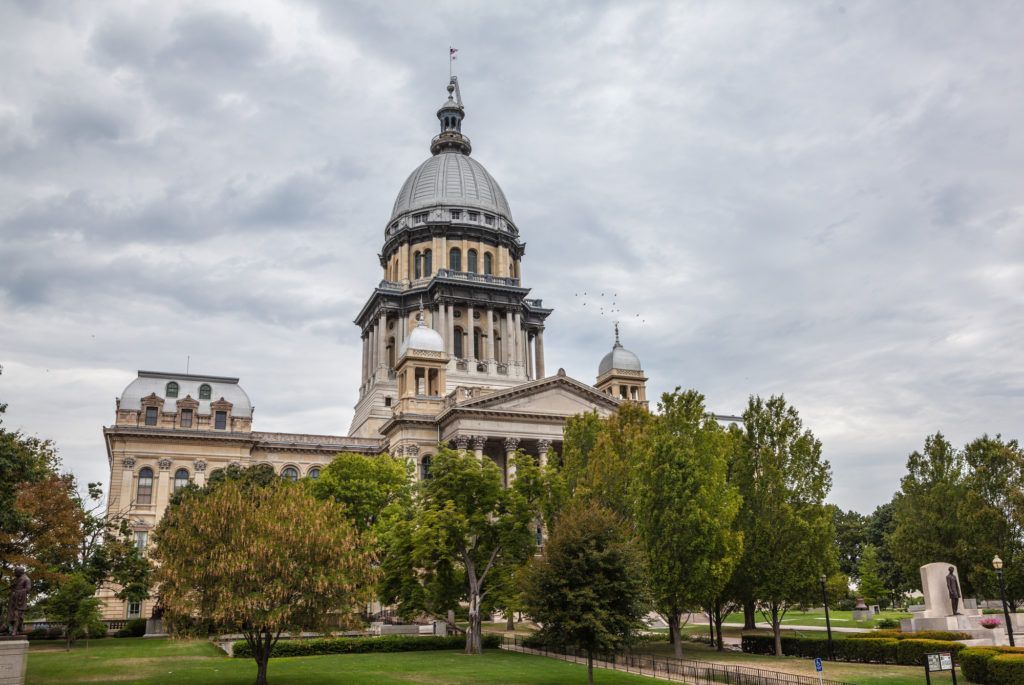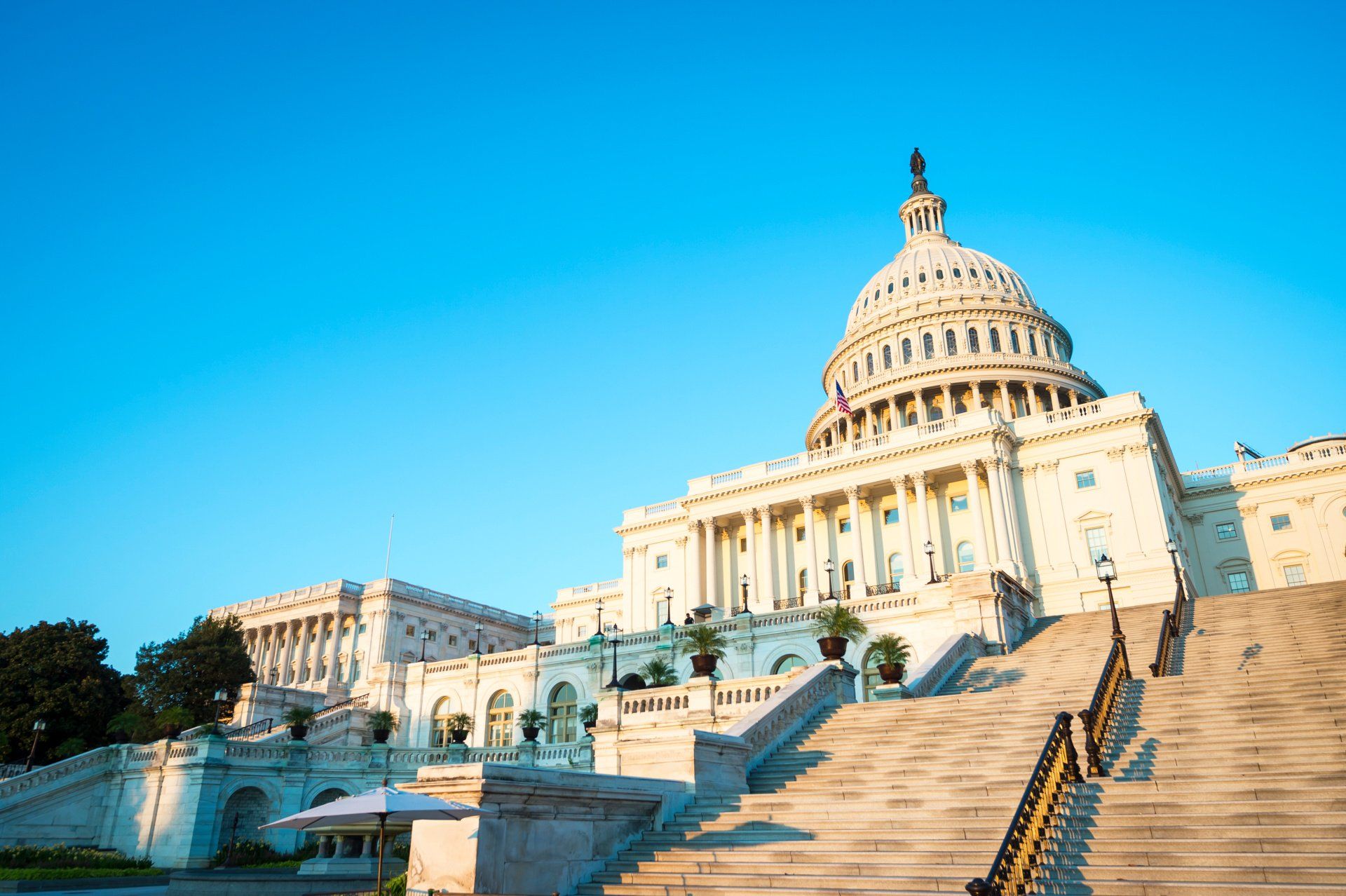
Transit-Oriented Developments – Chicagoland 2030 TOD Household Demand Expected to Increase by 91%
By Justin A. Silva, Esq. Shapiro & Associates Law As alluded to in its […] The post Transit-Oriented Developments – Chicagoland 2030 TOD Household Demand Expected to Increase by 91% appeared first on Shapiro & Associates.

By Justin A. Silva, Esq.
Shapiro & Associates Law
As alluded to in its name, transit-oriented development (TOD) is real estate development anchored to some form of public transportation, most often a train station. Its purpose is to concentrate residential, retail, and/or office development close to existing or planned transit stations. However, TOD is not simply real estate development near transit—rather TOD seeks to (i) increase location efficiency by enabling people to walk, bike and take transit; (ii) boost transit ridership and minimize the impacts of traffic; (iii) provide a concentration and mix of housing, jobs, shopping and recreational choices; and (iv) increase property value for the public and private sectors.
Many cities and local municipalities understand the benefits associated with TODs and thus have passed transit-oriented development related zoning ordinances or overlay districts. These TOD policies offer opportunities to build higher-density properties and reduce minimum parking requirements when they are located within a specified radius of transit stations. These increases in density and parking minimum waivers make TODs particularly enticing to developers. For example, the Chicago City Council has passed amendments to its Municipal Code ( See Record No. SO2015-5334) expanding TOD Districts to a radius of up to half-mile from a transit station. Additionally, if affordable housing is provided in said TOD Districts, developers often can seek subsidies and density bonuses.
Beyond the City of Chicago, dozens of suburban communities have successfully attracted TOD through zoning and economic incentives. The Village of Wheeling is seeing major developments at their Metra station with the Town Center project’s 300 luxury apartments, 100,000 square-feet of retail, and dine-in movie theater in addition to Northgate Crossing’s 288 luxury apartments. The Village incentivized these major development through a strategic combination of public investment, land assembly, TIF districts, and crucial zoning changes. Wheeling’s efforts have set in motion the momentum that will enable and encourage developers to meet the demand for TOD in the coming years.
According to a national market study by Reconnecting America , by 2030, almost a quarter of all U.S. households looking to rent or buy are likely to want higher density housing near transit. To meet this demand, developers will have to build 2,000 units of housing at everyone one of the 4,000 existing and planned transit stations in the U.S. Most of the demand will be in the five metro regions with the biggest transit system, which includes Chicago metropolitan area. Based on the demand, Chicago is expected to see an approximate 91% increase in TOD households by 2030.
TODs offer a unique opportunity to align pro-development incentives with the reduction of construction costs resulting in higher-density projects. Simply put, TOD zoning districts are a win-win for communities, local governments, and private developers.
Whether you are a seasoned transit-oriented developer or looking for your first TOD opportunity throughout the Chicagoland area, Shapiro & Associates Law can provide in-depth experience and assistance in navigating TODs. Please contact our office at 312-763-9640, should we be of assistance.
*Photo Credit : Adobe Stock

CONTACT US TODAY
Contact Us
We will get back to you as soon as possible.
Please try again later.
LOCATION
570 Lake Cook Road, Unit 119
Deerfield, IL 60015
Shapiro & Associates Law | All Rights Reserved |
Created by Olive + Ash.
Managed by Olive Street Design.









